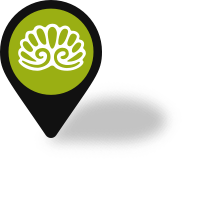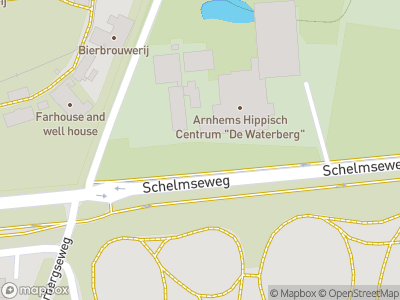The museum buildings of the Netherlands Open Air Museum provided shelter to people who fled from the city centre of Arnhem in September 1944 during the battle for the bridge. The city was evacuated after the Battle for Arnhem and hundreds more people arrived then. As many of them as possible were allowed in, but there really does come a point when the place is full.
Front-line city
In September 1944, 10,000 British soldiers landed near Arnhem in an attempt to secure the bridge over the River Rhine. The operation failed and Arnhem became a front-line city. On 24th September, the Germans gave the order to evacuate the town centre. On 5th November it was the Alteveer district’s residents’ turn to leave their homes. The nearby open air museum seemed like a suitable place to take shelter. There was enough room for 200 evacuees at the Open Air Museum, but 600 turned up.
Open-air museum
They took shelter in the houses, the farms and the exhibition buildings. People found food in the deserted town and both staff and the evacuees used the central kitchen to cook in. The traditional Marken fisherman’s house was turned into a shop. There was a bakers in the brewery and people would fetch water from the well. During the day, the women would do household chores whilst the men found tasks to occupy themselves with, often similar to their own professions. They would also fetch the water, chop wood or dig the potatoes. In the meantime, museum staff stored away as many of the valuable artefacts as they could. On 3rd November, after a raid by the Germans, the evacuees were forced to leave the museum’s grounds. Eighty people were eventually allowed to stay and soon, new evacuees started to arrive, taking this number up to 150. On 19th December, the Germans ordered everybody to leave the Open Air Museum.
“













